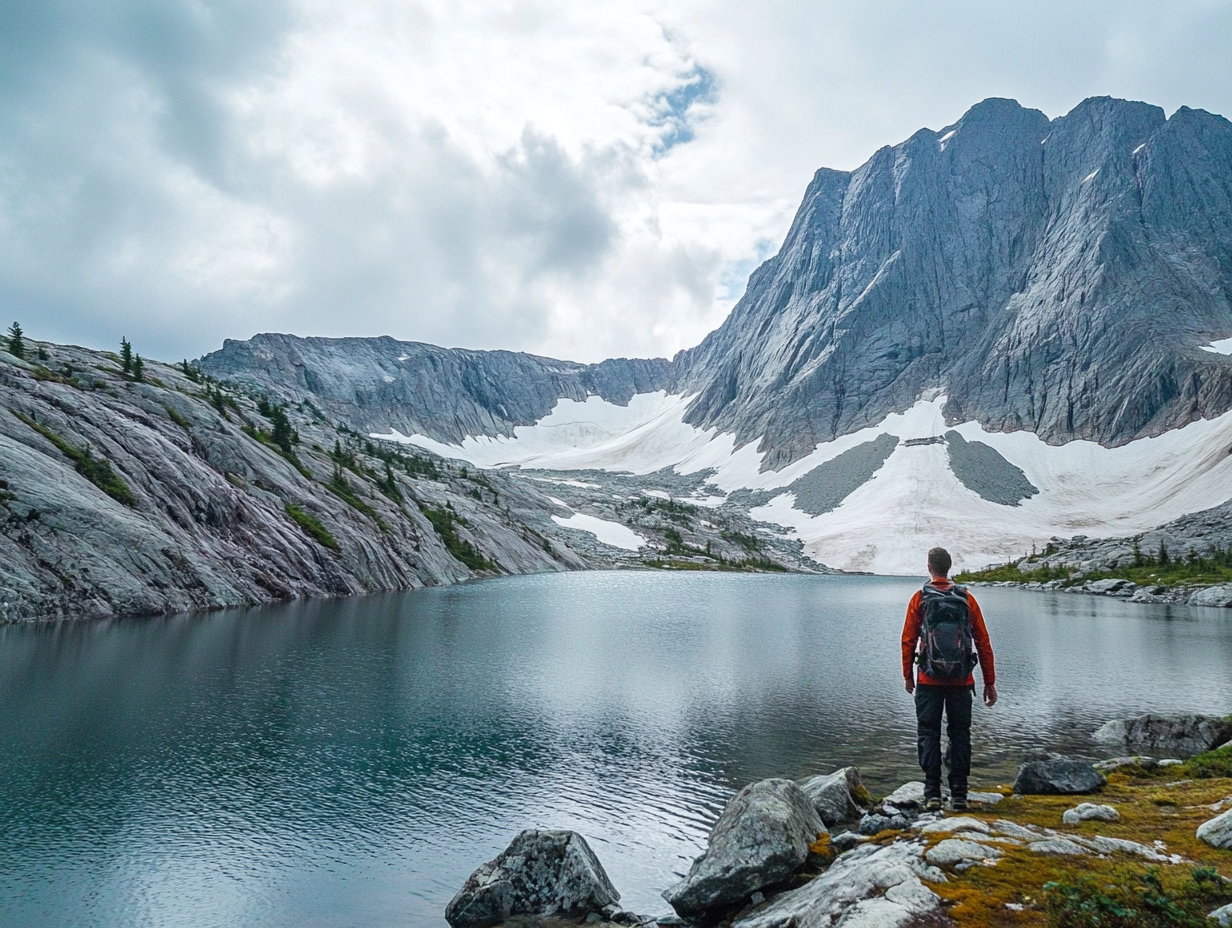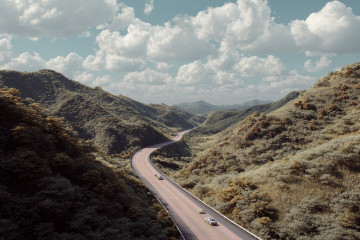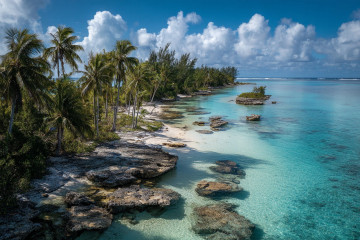From the rugged backcountry of Canada to the glacier-fed basins of Norway, these lake-studded countries are a dream for swimmers, canoers, cold-dippers and the chronically outdoorsy. Here are the countries with the most natural lakes in the world, and why you might want to seek them out.
How this list was made
This ranking is based on data collected by geographers at McGill University, Canada, as part of a larger study published in the Nature Communications journal. This data counts natural lakes with a surface area of at least 0.1 square kilometres (10 hectares). That means tiny ponds, wetlands, and man-made reservoirs are excluded. Countries like Finland and Estonia, while famous for their high lake density, have many small lakes that don’t meet this size threshold, so they don’t rank as high in total count under this method.
Countries with the most natural lakes
Canada: 879,800 lakes
More than half of the world’s lakes lie within Canada’s borders, and you’re never too far from one, especially in Ontario and British Columbia. From the glacier-fed Moraine Lake in Alberta to the remote waters of the Yukon, this is a wilderness lover’s dream.
Russia: 201,200 lakes
Russia’s sheer landmass means thousands of lakes scattered across taiga, tundra, and mountain. Don’t miss Lake Baikal in Siberia, the world’s deepest and oldest freshwater lake, with its own ecosystem and transparent ice in winter.
United States: 102,500 lakes
From the Great Lakes in the north to the alpine pools of Colorado and Montana, the US has it all. Minnesota alone is nicknamed the “land of 10,000 lakes”, though the actual number is even higher.
China: 23,800 lakes
China’s lakes span everything from the turquoise Namtso Lake in Tibet to the vast Poyang Lake in the southeast. Many are sacred in Tibetan and Buddhist traditions.
Sweden: 22,600 lakes
With its endless forests and friluftsliv (open-air living) lifestyle, Sweden’s lake culture runs deep. Canoe routes, lakeside saunas, and wild swims are practically a summer ritual here, across expansive lakes like Vanern in central Sweden and Malaren near Stockholm.
Brazil: 20,900 lakes
Often overlooked for its rivers, Brazil also boasts thousands of natural lakes, especially in the Amazon basin and Pantanal wetlands. Many are surrounded by wildlife-rich ecosystems.
Norway: 20,000 lakes
Glacial lakes, fjordside pools, and snow-fed mountain tarns dot Norway’s rugged landscape. Locals often hike with swimsuits in tow—wild swimming is a national pastime.
Argentina: 13,600 lakes
From the snow-capped Andes to the steppes of Patagonia, Argentina’s lakes include famous spots like Lake Nahuel Huapi, which is great for kayaking, fishing, or just sipping Malbec by the shore.
Kazakhstan: 12,400 lakes
These lakes are often found in steppes and semi-arid zones, giving them an otherworldly beauty. The iconic Lake Balkhash is especially unique, half of it is freshwater, the other half saline.
Australia: 11,400 lakes
While many Australian lakes are seasonal or saltwater, the country is still dotted with massive inland basins. Don’t miss Lake Eyre (Kati Thanda), which floods only occasionally but transforms into a vivid, otherworldly mirror when it does.
Whether you’re drawn to pristine alpine waters or hidden forest ponds, lake-rich countries offer a slower, scenic kind of adventure. Come summer, they’re perfect for swimming, paddling, and stargazing; in winter, some freeze into natural ice rinks. Just don’t forget your swimsuit and your mosquito repellent.



